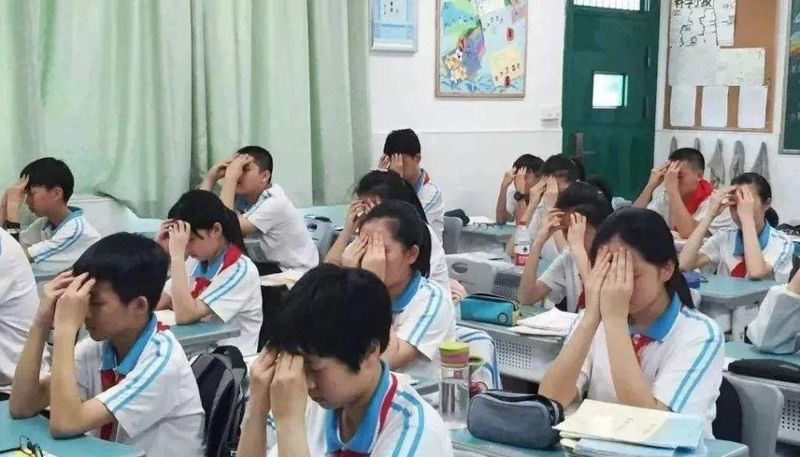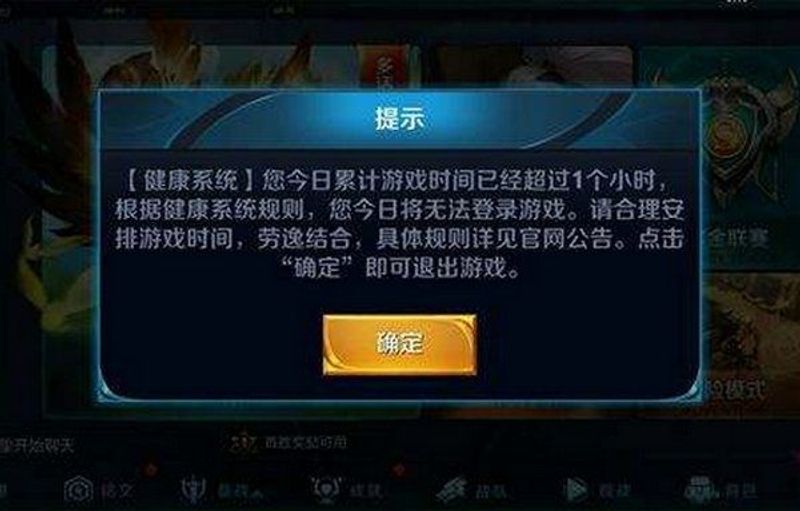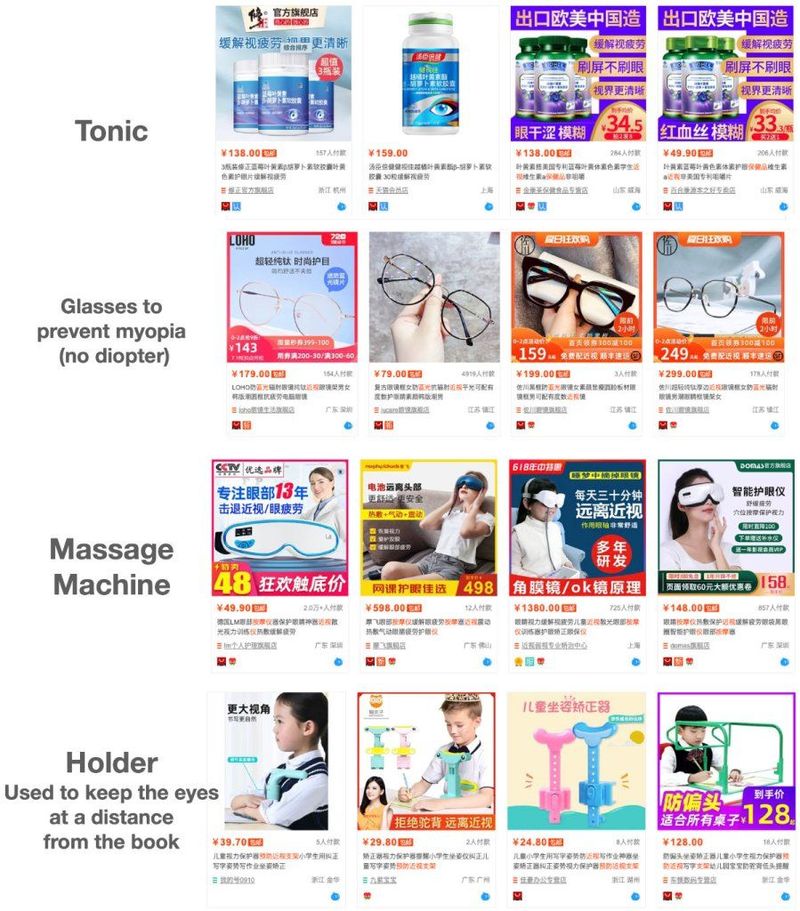icon
password
Multi-select
tags
ID
type
status
slug
summary
category
date
Author
URL
June 7, 2020 is the 25th National Sight Day in China. This is one of the most important medical-related anniversaries in China, because the problem of nearsightedness is so serious in China.
According to a report released by the World Health Organization in 2018, China has nearly 600 million myopia patients, and the myopia rate among teenagers has consistently ranked first in the world in the past decade. In the National Visual Health Report released by the National Development School of Peking University, it is estimated that the number of myopic patients over the age of 5 in China will reach 700 million by 2020.
What does 700 million mean? This means that half of the world’s myopic patients — 1.4 billion — are in China, and that myopic patients account for half of China’s total population.
Contrary to the facts, it is not that Chinese people do not attach importance to the protection of eyesight. Eyesight protection is one of the most important public issues in China, and it had effected all aspects of education, policy and economy.
Eyesight protection programs run through China’s entire education system, and eyesight protection is one of the parenting topics that Chinese parents are most concerned about. Countless health care equipment and supplements related to sight protection and myopia treatment are sold in China, which is supporting a trillion-level market scale.
But these efforts seem to have become difficult to be effective in the face of a basic fact.
Detours: China’s efforts to protect eyesight
In terms of eyesight protection, different classes in China adopt completely different ways, but the same thing is that almost all classes and organizations in China emphasize the importance of eyesight protection.
Most of these methods of protecting eyesight have not been scientifically proven and in fact do not work. We will introduce some of them to show you how much Chinese people is practicing on protecting eyesight.
Eye exercises(眼睛保健操)
Eye exercises are the largest of all attempts to treat myopia in China, first driven by the Chinese government, but with little success.
In China, schools organize all students to participate at specific times in the morning and afternoon.
But it is different from work exercises, Chinese Eye Exercises do not exercise the eyes, but a set of massage techniques based on traditional Chinese medicine.

There are many versions of eye exercises in different ages and different regions in China. We have uploaded a 2019 version of Beijing video here. If you are interested, you can have a look at it.
According to media reports, it was invented by Liu Shiming, a PE teacher in Beijing, in 1958. In 1963, this set of eye exercises was piloted in primary and secondary schools in Beijing and quickly spread across the country.
However, as a kind of “massage”, eye exercises have always been questioned that they can only temporarily relieve the fatigue of the muscles around the eyes, but can not play a role in preventing myopia. Wang Ningli, president of Tongren Hospital, one of China’s top eye hospitals, made the following conclusions in a paper published in 2015:
Chinese eye exercises as performed daily in primary and middle schools in China have statistically but probably clinically insignificant effect in reducing accommodative lag of school-aged children in the short-term. Considering the higher amounts of near work load of Chinese children, the efficacy of eye exercises may be insufficient in preventing myopia progression in the long-term.
Isolate teenagers from all screens
To some extent, the screen is the biggest victim of vision diseases other than the patients themselves in China. The screens here include all the screens-televisions, computers, smartphones.
Because in China, a common view is that excessive use of eyes is the most important cause of myopia. Therefore, “unnecessary use of eyes” is often prohibited by parents.
This was reflected in the fact that Chinese parents generally banned their children from watching TV in the last century, and this family ban became computers at the beginning of this century.
But this has not stopped, with the development of the mobile phone and the development of myopia, this family ban has gradually become the basis for policy-making.
In 2018, due to the adjustment of government departments, China stopped issuing game operation licenses for one year. There were no new games on sale in Chinese mainland that year.
But in fact, in addition to the adjustment of government departments, there is also a consideration to protect the eyesight of minors. In the “Implementation Plan for Comprehensive Prevention and Control of Myopia among Children and Adolescents” jointly issued by several departments in August of that year, the department in charge of games mentioned that it would assist in “limiting the total number of online games” to achieve the goal of reducing children’s screen time.

The Chinese version of Arena of Valor’s anti addiction system will limit players’ daily game time to 1 hour by default. Students will be given real name authentication to play 30 minutes more. But once they have completed the real-name authentication, their parents will have the right to block their game accounts at any time.
In 2019, China issued the strictest restrictions on games for minors, which had nothing to do with content censorship. Its main content is to limit the playing time of minors to less than 1.5 hours on weekdays and less than 3 hours on holidays to protect the eyesight of these young players.
This is not the first such policy designated by China, nor is it the last. According to the requirements of the policy, the short video app(TikTok), which is more popular among teenagers, has also been forced to have a built-in “teenage mode”. In this mode, there are fewer sexually suggestive videos and limit the amount of time users can use each day.
Huge market for massage machines and health products
In the East Asian cultural, it is a tradition to avoid talking about diseases and avoid medicine(讳疾忌医). This leads to three misunderstandings in the treatment of myopia in many Chinese people:
- Pseudomyopia is widespread;
- Not willing to let children wear glasses;
- Superstition about massage machines and health products that don’t work.
Pseudomyopia is a symptom of diopter less than 50 degrees after dilating pupil with Atto eyedrops. This pseudomyopia can be treated without surgery, does not need to wear glasses for a long time, and can even heal itself in some cases. Pseudomyopia is actually very rare, accounting for only 2.5% of patients with myopia.
But in China, almost all parents try to classify their children as pseudomyopia without medical advice when they first find that their children’s eyesight is declining.
“Wearing glasses will make myopia more and more serious” and “once you start wearing glasses, you need to wear them for life”, these two concepts were once very popular among Chinese parents. As a result, they will try to heal myopia in other ways when their child’s eyesight drops for the first time.

According to a report by the Workers’ Daily in 2017, this concept is still very popular among parents in rural areas. Glasses actually help reduce the development of myopia, so refusing to wear glasses actually accelerates the myopia progression of these children.
As a result of the first two misunderstandings, there are a large number of scams in China that claim to be able to treat myopia. In the early years, these scams may even involve illegal medical practice. In 2009, the media exposed that the concept of “pseudomyopia” is mainly used to sell ineffective medical devices, massages, treatment plans and health products in China.
There is a wide variety of products, some using infrared technology, some using steam heating, some using graphene technology, and some even claim to activate life energy fields to complete homeopathy. In addition to parents, there are also adult myopic patients who buy these goods for themselves.
Although we don’t know whether these products really work, the only thing that is certain is that the number of myopic patients in China is still growing rapidly.
The real reason for the growth of myopia in China: learning and urbanization
As we all know, China, Japan and South Korea are the three countries that attach most importance to learning on earth, and K-12 students in these three countries have the highest learning pressure. Among them, the academic pressure of Chinese students is much greater than that of the other two countries.
With this emphasis on study, the incidence of myopia among minors in these three countries is significantly higher than that in other countries. The incidence of myopia in China is significantly higher than that in Japan and South Korea.
[sociallocker id=”5614″]
Learning does not necessarily lead to myopia, because there is already relevant scientific evidence that near work for a long time does not necessarily lead to myopia. However, students in these three East Asian countries spend almost all their time studying, which leads to a significant reduction in their time for outdoor activities to almost none.
According to some modern medical papers, the time length of outdoor activities is a factor closely related to the formation of myopia. Although scientists do not know exactly what outdoor factors (light or field of vision) cause the phenomenon, what is certain is that outdoor activities of more than an hour a day can significantly reduce the formation of myopia in minors.
This is what Chinese students cannot achieve.
In China, schools usually arrange daily recess exercises and 2-3 PE classes a week. However, these compulsory outdoor activities have less time and are often occupied. In most schools, the recess time and physical education in the third year of junior high school and senior high school are occupied by basic subject classes such as Chinese, Math or English to improve test scores as much as possible.
In an article in the China Youth Daily, a mother mentioned that class delay is common in Chinese schools, and Chinese teachers tend to delay class dismissal rather than early in order to teach students more. In addition, during the morning and afternoon recess and lunch break, many students tend to finish the homework or reading tasks assigned by the teacher. This leads to less time available for outdoor activities.
Without these compulsory outdoor sports at school, Chinese students have less time for outdoor activities after school. Because, under the pressure of the exam-oriented culture, even outside the school, parents want their children to devote all their time to their studies.
This has led to the problem of myopia becoming more serious in two ways: people with myopia are becoming younger and younger, and myopia is becoming prevalent in third-tier cities and rural areas.
The kind of educational competition described by Wednesday Martin, a doctor of anthropology at Yale, in her book Primates of Park Avenue takes place in almost all cities in China.
Children in Chinese cities have to take extracurricular tutoring classes from kindergarten. Children in China’s third-tier cities and rural areas have to spend more time studying in order to catch up with children in first-and second-tier cities.
From the growth stage, there is a complete conflict between preventing myopia and winning college entrance examination results. It is impossible for people to protect their eyesight in adulthood, when they are already nearsighted. It is also impossible for people to start studying hard after adulthood, because by that time the college entrance examination is over.
Moreover, both are “lifelong achievements”. Nearsightedness developed during adolescence will be accompanied for the rest of your life unless you undergo a laser surgery. This has led to an increase in the number of myopia patients despite China’s best efforts to prevent and control myopia.
Now, the only hope is a breakthrough in medicine.
[/sociallocker]
- Author:NotionNext
- URL:https://pandayoo.com/2020/07/22/why-are-there-so-many-myopic-patients-in-china
- Copyright:All articles in this blog, except for special statements, adopt BY-NC-SA agreement. Please indicate the source!